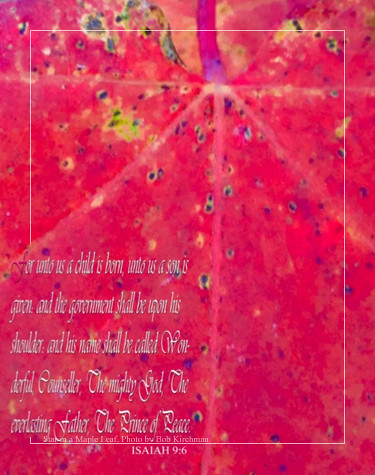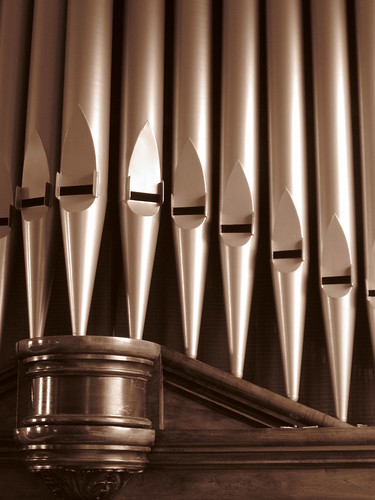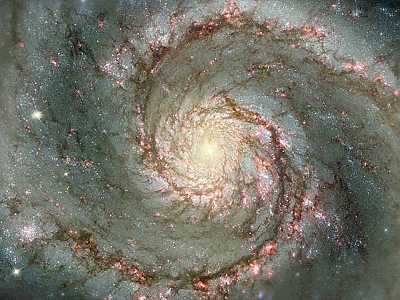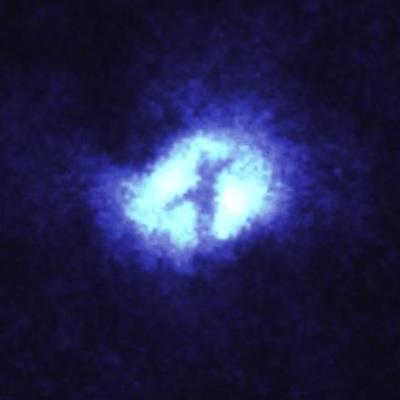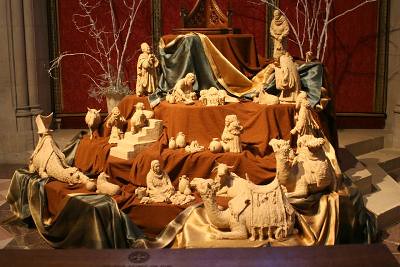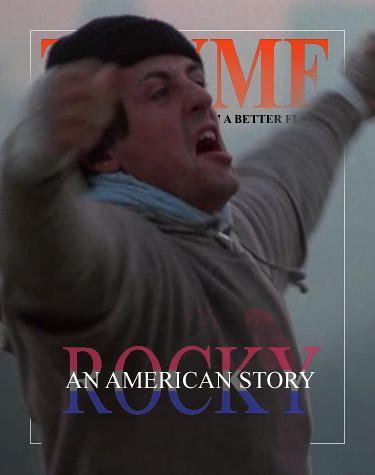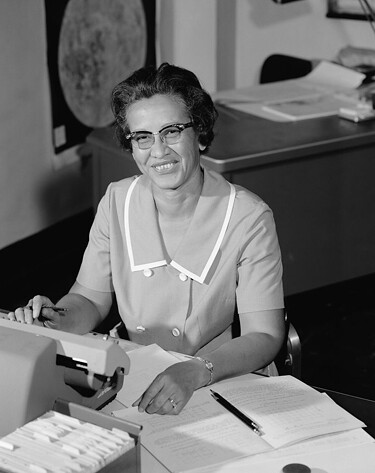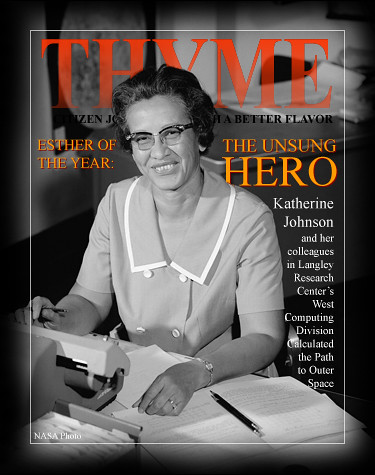
Volume XI, Issue XXII
The Unsung Hero
A new movie debuts this Winter about the unsung heroes of our space program... the WOMEN of Langley Research Center's West Computing Division. They were the ones who performed the mathematics that allowed our astronauts to go to the moon and return safely to Earth! When NASA needed the best mathematicians it could find, Katherine Johnson and her colleagues at Langley were ready! My Mother had done similar work for the Martin Company in Baltimore as they built seaplanes in their Middle-river Plant. I believe she mentioned these ladies once or twice but I never really learned their story. The movie Hidden Figures will help to correct that oversight.
The fact that a group of largely African-American women were paving the way for mankind to travel to the moon in Massive Resistance Virginia should be a story every schoolchild learns... as one should learn of the Tuskegee Airmen and the Navajo Code Talkers. The America we know is built on the contributions of many diverse hands. E Pluribus Unum takes on new significance when you realize that there are times in our history that it really shined! We need to make these stories a part of our culture, first of all in order to better appreciate each other, and secondly, we need to encourage our young people to prepare for such opportunities in the future!
Katherine Johnson was blessed with parents who valued education as a preparation for opportunity. Her father worked extra shifts as a handyman at the Greenbrier Resort in the hopes of giving his children an education. His daughter showed herself early-on to be brilliant at mathematics. But she might have still become discouraged were it not for some great mentors who came her way. Her high school principal opened the wonders of astronomy to her... lifting her eyes to see the stars.
Her college professor saw her potential and created classes just for her, knowing she would need them to pursue positions in research... which he nudged her to pursue as a career. Sometimes the class was only her, but with a wonderful mentor, Katherine learned much for the future she could not even imagine awaited her! Upon graduation from college, she became a math teacher (my Mother did the same) until Langley reached out to find the best mathematicians they could.
It is a great blessing and a sacred trust to be able to teach and guide young people. That is why, while acknowledging Ms. Johnson as an unsung hero, we must also give honor and place to the wonderful parents and teachers who showed her the way.
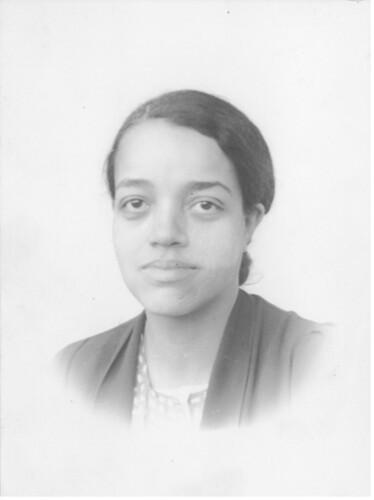
Dorothy Vaughan is one of the ladies who made up Langley's West Computing Division.

Unsung Heroes of the Highways
Virginia Department of Transportation
Workers' Memorial

Photo by Bob Kirchman.
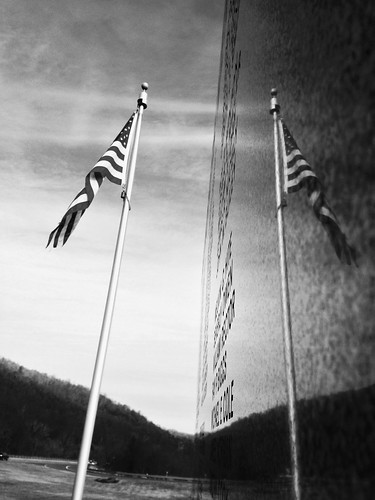
Photo by Bob Kirchman.
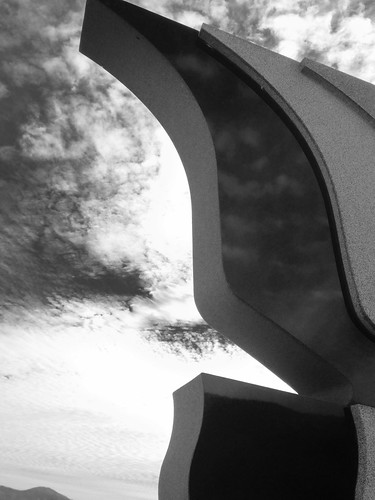
Photo by Bob Kirchman.
On the side of a mountain in Albemarle County, Virginia there is a scenic pullout on Interstate 64 overlooking the Southwest Mountains and the Rockfish Valley. Here stands a most fitting tribute to the workers who keep our roads safe and moving... and have sacrificed their lives in that work.
The simple memorial concept is a collaboration between VDOT Design Engineer Harry Lee and his daughter, Stephanie. It was not built with public funds, being financed wholly by donations from VDOT workers and their friends.
The wall is inscribed with the names of highway workers killed in the line of duty. The silhouette of a hard-hatted worker is repeated at the Eastern edge of the wall, reflecting the diverse group of people who work together to keep our roads safe. The Eastern edge creates a silhouetted void to honor the 'missing man.'
Driving to Charlottesville, I receive a call from the client I am rushing to see... she is running late. I pull into the overlook and pay a visit to the memorial. It's message is simple. Every road worker is someone's son or daughter, father or spouse. We should pass through the work zones like they are our own. Every day highway workers go out to keep us on schedule and safe. When we slow down and move over, we return them the favor.
'Citizens' Sculpture
Tennessee Welcome Center on Interstate 81
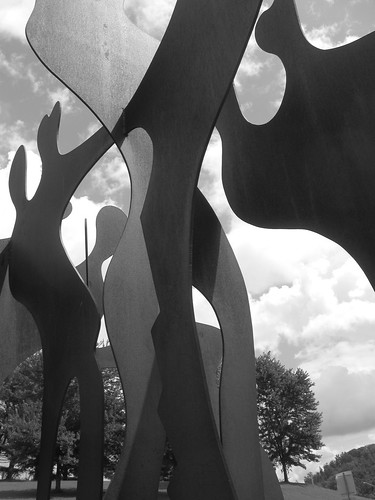
Sculpture by Joe Falsetti at the Tennessee Welcome Center on Interstate 81. Photo by Bob Kirchman.
The sculpture at the Tennessee Welcome Center is a visual representation of the people who make up a great state and a great nation. It inspires us to see what noble men and women have built and given to us and to aspire to do the same for our children and grandchildren.

